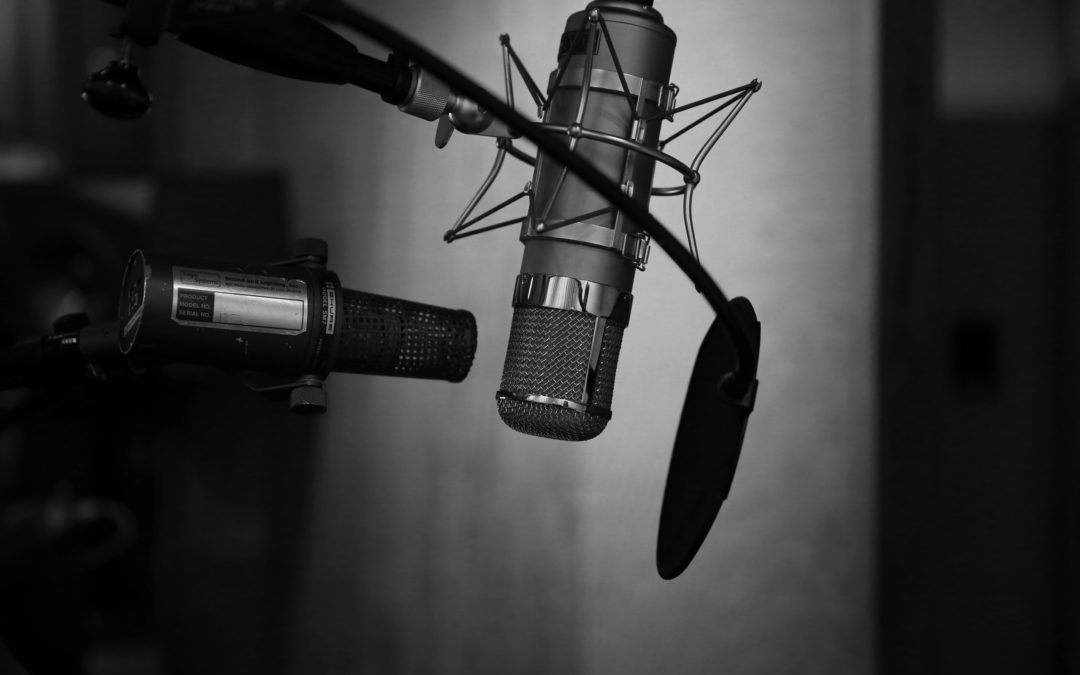Pearl Jam is one of Rolling Stone’s best live acts, with dozens of recordings and millions of copies sold. Yet, most of those recordings are not live concerts but studio projects. So, how do bands translate energy from stage to studio? They record live.
Recording a full band has multiple benefits. Fewer passes mean less time and less money for space and engineers. A band can use a number of less-expensive spaces and, with the right equipment, set up quickly.
Getting Started
Planning will also save time. The right songs will showcase a band’s style with material its musicians can play well. The right location, like a soundstage or local venue, will ensure the right sound with enough space to separate musicians and avoid mic spill.
The right microphones ensure fidelity to a band’s sound. A four-mic setup for drums includes dynamic snare and kick mics with two overhead condenser microphones. Dynamic mics like Sure’s SM57 also work for guitar amps, while a direct connection is best for bass guitars. High-quality condenser mics sound best for vocals, while non-acoustic overdubs generally work well when recorded with a direct link.
Bands should also plan for an abundance of spare mic cable, lead cables, sticks, and guitar strings. Musicians should treat a studio session as if it were a live performance and prepare accordingly.
Music Radar’s ten-part series on recording a band showcases a compact ensemble of recording equipment from Steinberg, including a UR824 audio interface for collecting inputs, a laptop loaded with Cubase Pro 8 as a digital recording interface, and the optional CC121 AIC midi controller as an interface remote.
Recording
Maximizing isolation for each instrument is critical. Placing musicians in a horseshoe or half circle and shielding amps with screens or baffles made from blankets will give greater control in the mixing process. Recording vocals and overdubs separately is also important.
The final mix process involves isolating each track, selecting the best takes, and engineering away extreme frequencies. Applying reverb, gate, limiters, and compression enhances both individual and overall sound for a polished final product.
Check out Music Radar’s comprehensive look at recording a live band to learn more.
